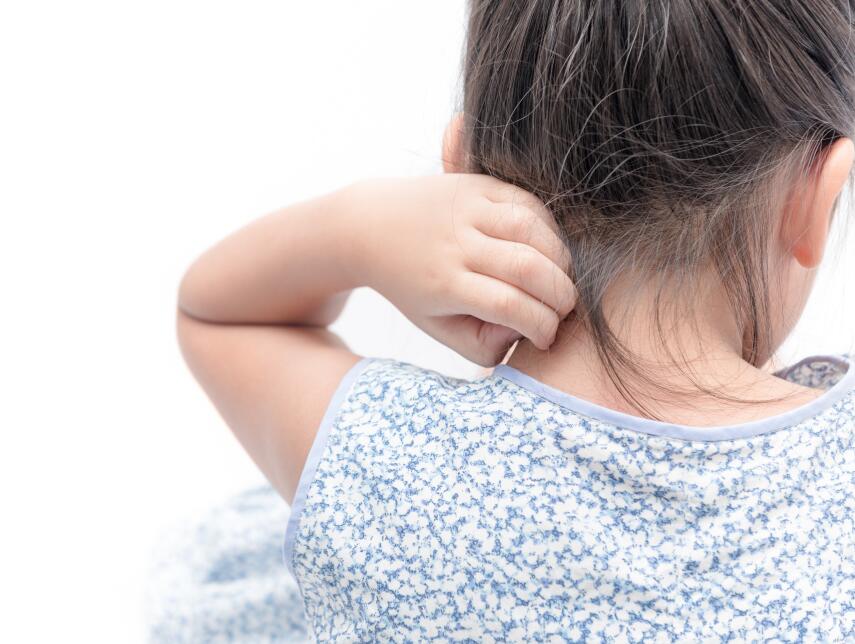- Your skin
-
Our products
Do you know well atopic dermatitis ?
DEXERYL supports you and take care of your dry skin each day
-
CLINICAL RESULTS
- About dexeryl

Pityriasis alba refers to small, harmless dry patches of skin that can affect the face and other parts of the body¹. But what exactly is it? How do you identify them? What are the causes? How can they be treated?
of children are affected by pityriasis alba
pityriasis alba is more common during this period

Summary
Pityriasis alba is a common and harmless skin condition and is defined as pale pink patches of skin that are round, oval or irregularly shaped1,2. They are generally very dry and scaly, i.e. the superficial layers of the skin shed in the form of small flakes3.
Pityriasis alba is also known as eczematids. The name refers to its appearance: pityriasis for " fine scales " and alba which means " white " for the pale colour of the patches.
Children and teenagers aged 3 to 16 are mainly affected by pityriasis alba but is most common between the ages of 6 and 124. It is estimated that 5% of children are affected by this skin condition4. Pityriasis alba occurs mainly on the face (cheeks), as well as the neck, upper arms, chest and back1.
It presents as pinkish, round to oval, scaly patches less than 2 cm in diameter.
The borders are often poorly defined and are more pronounced than the centre.
Itching is common. When there is no itching, the erythematous phase may go relatively unnoticed2.
The shedding results in a loss of the skin's natural pigmentation.
Pityriasis alba then appears as dry patches that are lighter than the skin on the rest of the body. They are all the more visible on dark or tanned skin and, therefore, in summer.
This discolouration is explained by a local decrease in melanin, the natural brown pigment of the skin2. Hypochromatic patches require suitable sun protection6.
Pityriasis alba occurs seasonally, but there is evidence that shedding can be more severe due to climatic conditions.
In contrast, the lesions are more visible in summer due to sun exposure and darkening of the surrounding skin2.

The exact causes of pityriasis alba are not known4. They often occur with dry skin or even atopic dermatitis7. Pityriasis alba is thought to be a minor symptom of atopy7. Sun exposure could also be a factor8.

Pityriasis alba is harmless and usually disappears without treatment. However, it can take months or even years before the depigmentation is no longer visible2.
As mentioned above, pityriasis alba patches are more sensitive to the sun than the rest of the skin. Therefore, the use of 50+ sun protection is recommended when the patches are located on exposed areas2. The application of emollient creams helps to limit skin shedding8 and to limit recurrences9. Corticosteroids may be prescribed by a doctor for severe itching8.
The prevention of pityriasis alba relies on specific daily skin care9:

DEXERYL supports you with emollient skin care and cleansers specially formulated for sensitive and dry skin from birth.

DEXERYL Emollient Cream can be used to protect the skin and treat the signs and symptoms of dry skin, particularly in the context of pityriasis alba.
Discover the DEXERYL range
Sources: